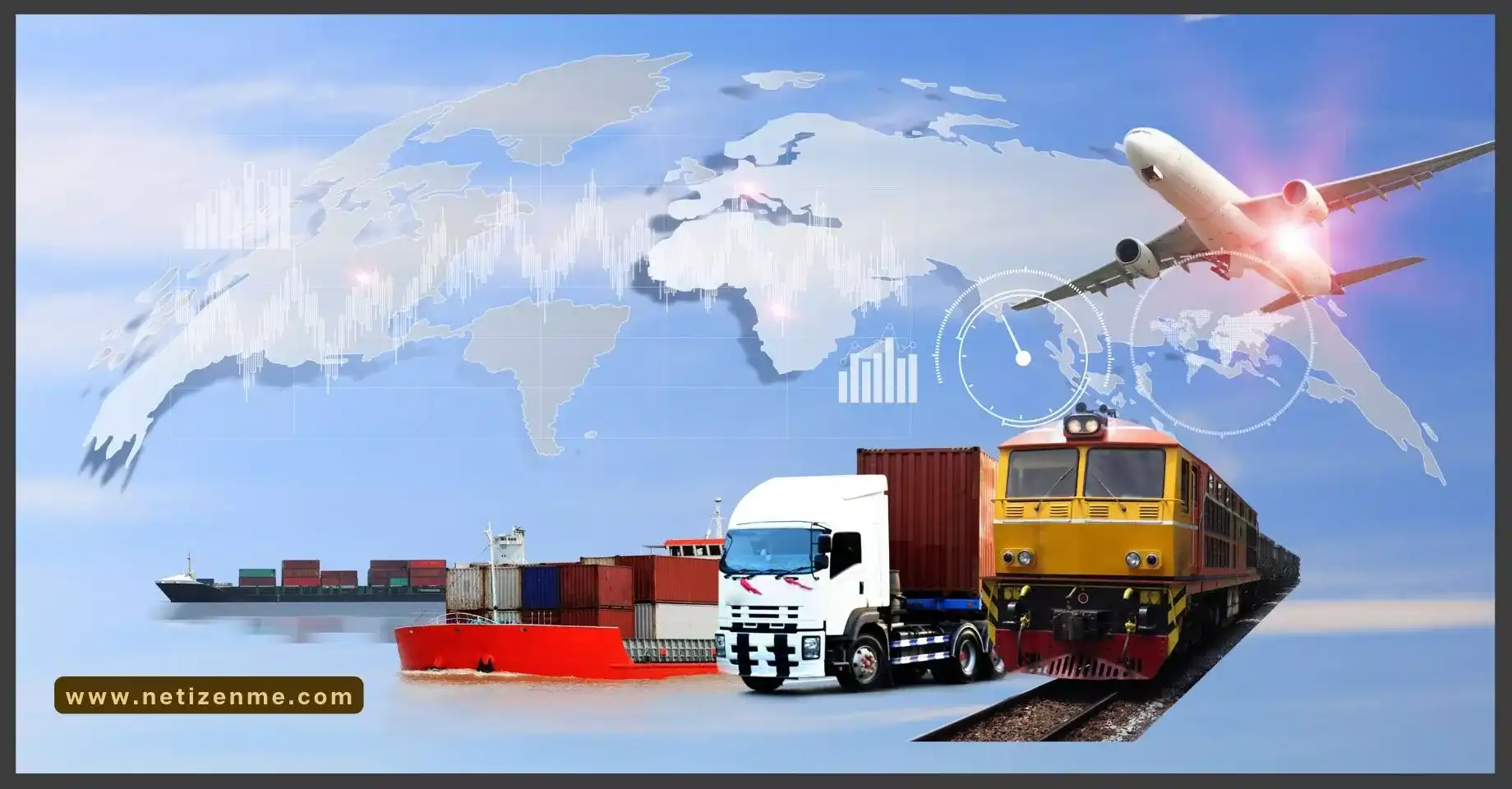In today’s interconnected global economy, the concept of a supply chain plays a crucial role in the success of businesses across various industries. The supply chain encompasses a complex network of activities and processes, from sourcing raw materials to delivering the final product to consumers. what is the supply chain? We will explain it with examples. We will also explore the fundamentals of the supply chain, its components, and how it functions using real-world examples to illustrate key concepts.
What is the Supply Chain?
A supply chain refers to the processes involved in producing and distributing a product or service. It includes everything from the extraction of raw materials to the delivery of the final product to the end consumer. A supply chain typically consists of several key stages: sourcing, manufacturing, warehousing, transportation, and distribution.
Key Components of a Supply Chain
- Sourcing involves identifying and selecting suppliers who can provide the necessary raw materials or components to manufacture the product. For example, a clothing retailer may source fabrics from textile manufacturers.
- Manufacturing: Once the raw materials are sourced, they are transformed into finished products through the manufacturing process. This stage often involves assembly lines and machinery to produce goods efficiently.
- Warehousing: Warehousing involves storing the finished products before they are shipped to distributors or retailers. Warehouses play a crucial role in inventory management and order fulfillment.
- Transportation: Transportation is essential for moving goods between different supply chain stages. It includes various modes such as trucks, ships, trains, and airplanes.
- Distribution: Distribution involves delivering the finished products to retailers or consumers. Efficient distribution networks are critical for ensuring products reach their intended destinations on time.
Examples of Supply Chains in Action
- Automotive Industry: The automotive industry’s supply chain involves sourcing raw materials such as steel and plastic, manufacturing components like engines and chassis, assembling the final vehicle, and distributing it to dealerships.
- Food Industry: In the food industry, the supply chain starts with sourcing ingredients from farmers and producers, manufacturing processed foods, packaging them, and distributing them to grocery stores or restaurants.
- E-commerce: In e-commerce, the supply chain includes sourcing products from manufacturers or wholesalers, storing them in warehouses, fulfilling orders, and delivering products to customers’ doorsteps.
Importance of Supply Chain Management
Effective supply chain management is crucial for businesses to operate efficiently and meet customer demands. It helps companies to reduce costs, improve product quality, minimize lead times, and enhance customer satisfaction. By optimizing their supply chains, companies can gain a competitive edge in the market and more effectively adapt to changing market conditions.
What is supply chain in real life examples?
In real-life examples, a supply chain refers to the network of interconnected processes and activities involved in producing and delivering a product or service to consumers. It includes everything from sourcing raw materials to manufacturing, warehousing, transportation, and distribution.
Example 1: Smartphone Supply Chain
- Sourcing: Raw materials like metals, plastics, and electronics components are sourced from various suppliers worldwide.
- Manufacturing: Components are assembled in factories, often in countries with lower labor costs, such as China or Vietnam.
- Warehousing: Finished smartphones are stored in warehouses before being shipped to retailers or consumers.
- Transportation: Smartphones are transported via air, sea, or land to distribution centers and retailers.
- Distribution: Smartphones are distributed to retail stores or consumers through online channels.
Example 2: Fast Food Supply Chain
- Sourcing: Ingredients like meat, vegetables, and bread are sourced from farms and food producers.
- Manufacturing: Food items are prepared in restaurants or central kitchens according to standardized recipes.
- Warehousing: Prepared food items are stored in refrigerated warehouses before being transported to restaurants.
- Transportation: Food items are transported to restaurants using refrigerated trucks.
- Distribution: Food items are served to customers at fast-food outlets.
In both examples, the supply chain involves a complex network of suppliers, manufacturers, distributors, and retailers working together to deliver products to consumers efficiently and effectively.
What is the supply chain? In conclusion, the supply chain plays a pivotal role in business success by ensuring the smooth flow of goods and services from suppliers to customers. Understanding the components and functions of the supply chain is essential for businesses looking to improve efficiency, reduce costs, and enhance customer satisfaction. As companies continue to evolve in a rapidly changing global marketplace, the importance of effective supply chain management cannot be overstated.
What is the supply chain? – Further Reading:
Hwarng, H. B., & Xie, N. (2008). Understanding supply chain dynamics: A chaos perspective. European Journal of Operational Research, 184(3), 1163–1178. https://doi.org/10.1016/j.ejor.2006.12.014
